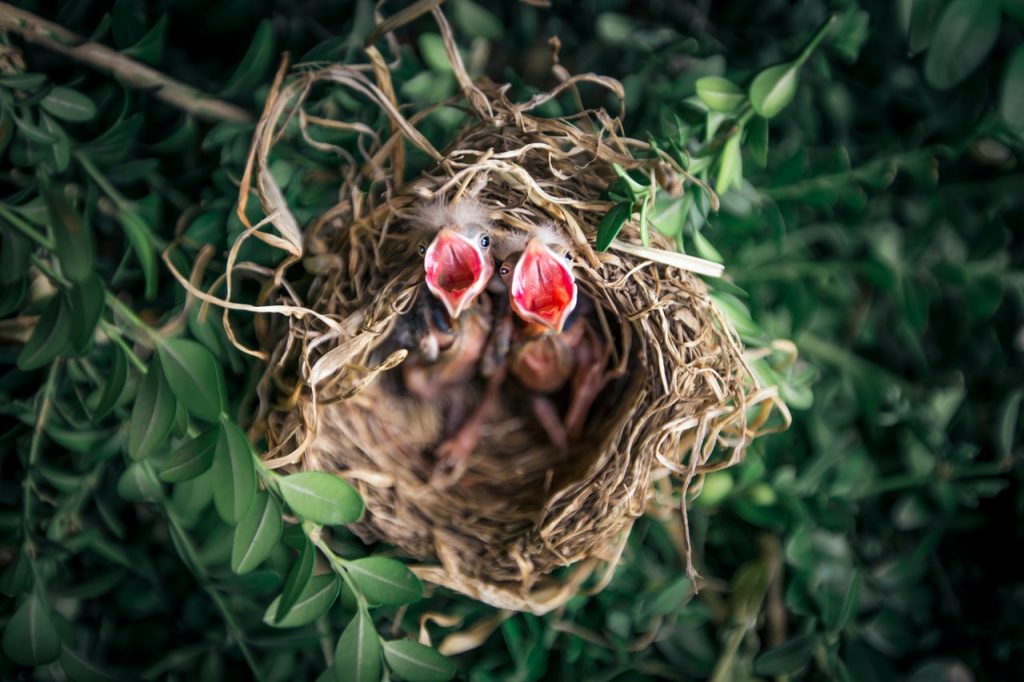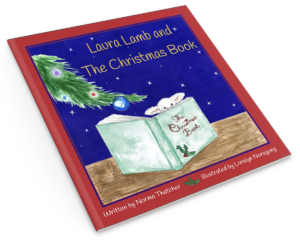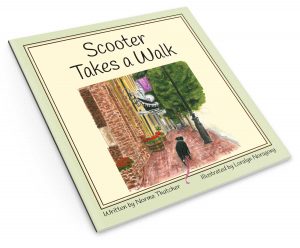
The television show How It’s Made premiered on January 6, 2001. Currently, it runs on the Discovery Channel in Canada and the Science Channel in the US. The program is produced in Quebec by Productions MAJ, Inc.
Their website informs us they have filmed 24 seasons, a total of 414 shows, with the most recent premier being a year ago, August 6, 2019.
For those of you who aren’t aware of the show, this documentary series gives a behind-the-scenes look at how everyday objects are manufactured. Usually, each episode shows the magic behind three to four products and it’s typically a wide mix. For instance, one episode taught us how orthodontic retainers, orange juice, retractable saunas, and sawmill knives are made. Another time they unveiled the secrets to making pita bread, spiral stairs, exhaust headers, and molded limestone artwork. So don’t try to play “one of these things is not like the others” with their choices!
My husband is a big fan of the show, and sometimes I’ll watch a segment or two with him or (more likely) just listen from the kitchen. Recently there was a segment on caulking tubes. Caulk is that rubbery substance used to seal gaps, seams, and cracks in various materials such as wood, tile, concrete, brick, stucco, and stone.
The part of the caulk episode that caught my attention is how the plastic tubes are filled. (If you’re THAT interested in the complete process, I’ve included a link below.) The narrator says, “Piston pumps lift four empty tubes at a time and nozzles fill each tube with 300 ml. of caulking. The machine can fill up to 1000 tubes per hour.”

Watching four empty tubes being squirted with the substance, then moved along to the next step while four more empty tubes are lined up for their doses, I thought about how those empty containers don’t really have a choice. They’re open and ready to be filled to the brim with what’s coming at them.
Thank God we get to choose what goes into our open minds. But choosing seems to get more difficult every day with all the fake online postings. It started with people posting pictures of a person/place/thing, and claiming that it’s something else entirely.
And when we don’t question the authenticity of something before we share it, we’re just like the baby birds pictured above, mouths wide open, ready to accept whatever gets dropped in.
For instance, CNN just posted that fake photographs and videos of the Beirut explosion are already surfacing with messages from folks who have their own agendas.
From Merriam Webster, deepfake is “typically used to refer to a video that has been edited using an algorithm to replace the person in the original video with someone else (especially a public figure) in a way that makes the video look authentic.” To see this demonstrated, check out the deepfake video link below. In one way it’s amusing, but in another, it’s terribly frightening.
I fear that eventually the phrase, “I can’t believe my eyes!” will be the norm.
~~~~~~




Love the show. Not the fake stuff!
Good to hear from you, Nancy!
Hi Norma,
We watch How it’s Made all the time and they do catch your attention. Fascinating !!!!!
It’s much better than watching the FAKE NEWS!
It truly is disturbing and frightening how natural the Deep Fake videos. The question immediately arise as to where does it go from here!!!! Scary!
I can’t believe my eyes and can’t believe my ears!!!!!!!!
Thanks for the enlightenment!!!!!!
Judy
You have GOT to watch the movie, Judy. It’s scary here and there, but so interesting! Maybe when COVID is gone, we can watch it together!
It’s a date and I can put my face mask over my eyes! Ha Hah Hah Hah Hah????
Judy
Love this topic. My Take is that Already … we Can’t believe our eyes..or ears…before checking it out!!!
Technology can be Great but it can also be dangerous.
Good to hear from you, my friend.